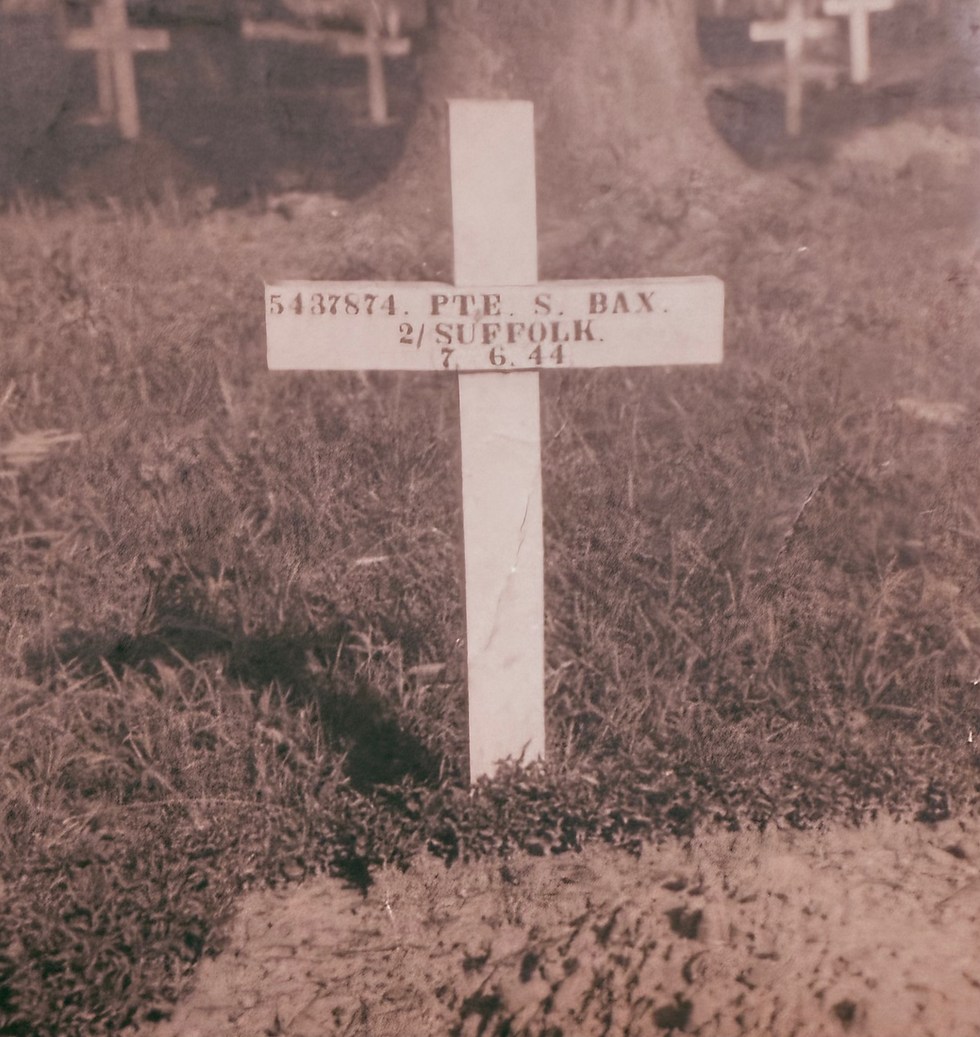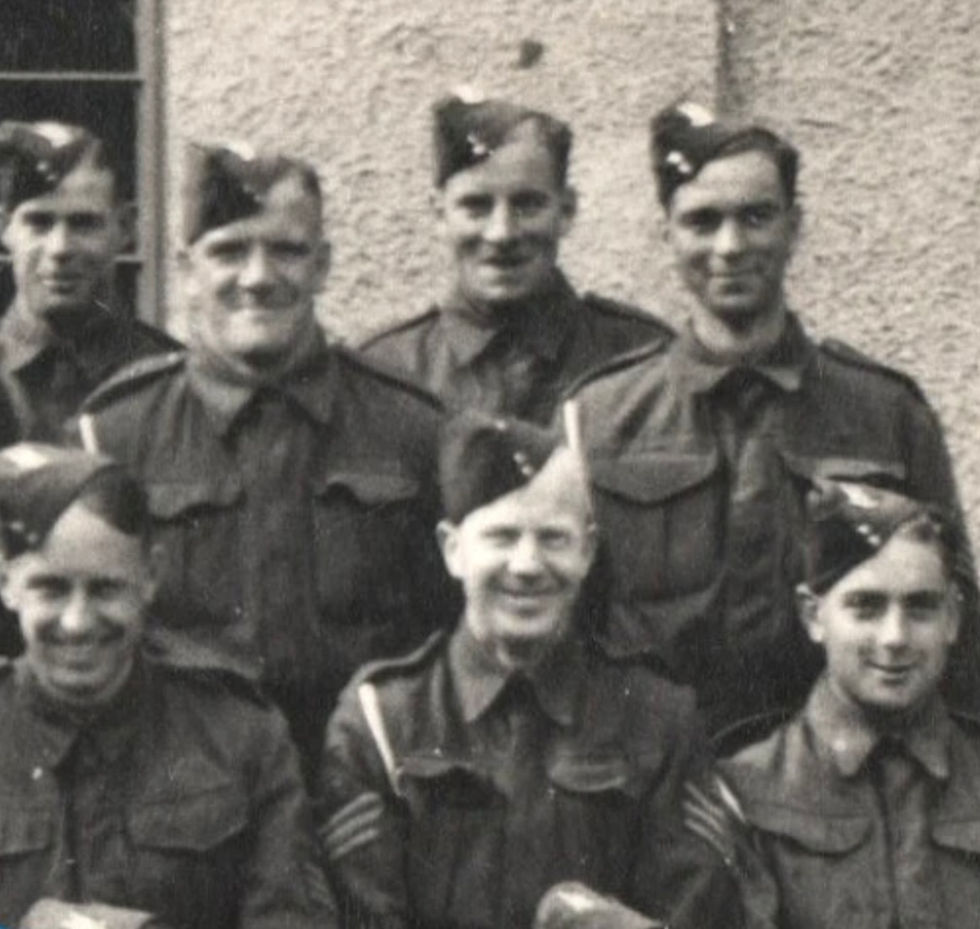Veering Off Course
- Mark Forsdike
- Feb 12, 2021
- 2 min read
This week I have ventured into unknown and very much uncharted, territory for me - the history of the Suffolk Yeomanry.
Although I am familiar with the history of the Suffolk Yeomanry, indeed, two of my relatives fought with them in the Middle East and on the Western Front in 1917-18, my knowledge of their Second World War service was scratchy to say the least, but I was prompted to delve deeper into their history for a short article I’m writing for the next edition of the ‘Friends of The Suffolk Regiment’ magazine.
The Duke of York’s Own, Loyal Suffolk Hussars, was formed as far back as 1793-94 but by the eve of the Second World War, they were no longer on horseback, but instead serving as gunners in the Royal Artillery. Their strength was doubled in 1939 from two Batteries, to four when they parted company with the Norfolk Yeomanry who were also doubled in size at that time.
The Regiment, the “55th (Suffolk Yeomanry) Anti-Tank Regiment, Royal Artillery” to give it is full name, was part of the 49th (West Riding) Infantry Division and crossed with them to France in the week following D-Day and remained with them as the advanced up through Holland on the left flank of the Allies advance. They ended the war near Utrecht.
From reading their War Diaries for 1944 and 1945, it was clear that they entered into the fray in an almighty way, fighting with the Germans around the villages of Fontenay-le-Pesnel and Rauray in late June/early July 1944 with much determination and courage. Though their role as anti-tank gunners kept them behind the infantry, they were not that far behind it and at times, they were so close that fighting hand-to-hand fighting ensued.
Certainly at Fontenay, they had a tough time with one troop of guns being completely overrun by the enemy, but with the arrival of ‘Archers’ (a 17 pdr gun mounted on an old Valentine tank chassis) the Regiment took on a more mobile role rather than having to dig their guns in each time they stopped. With motorised artillery, they could move off rapidly.
1945 seems to have been a bleak year for them, spending its early months in the snow on a piece of land known as the ‘Island’ - the name given to the land hemmed in on three sides by rivers between Nijmegen and Arnhem. Later they converted to infantry briefly, giving much needed assistance to the stretched infantry battalions of the division.
Their story certainly needs to be told. Very few smaller artillery units such as this left any records and perhaps one day, I might consider writing up a more fuller account of their war service.




Comments